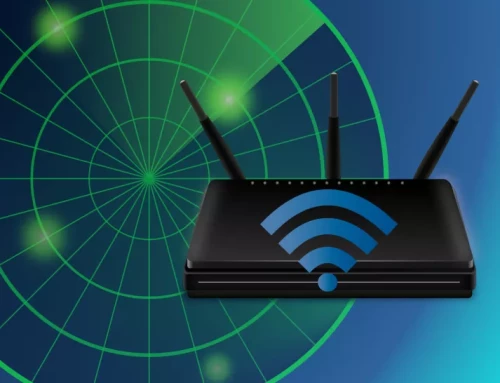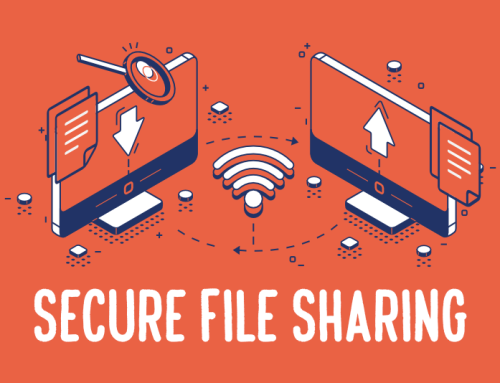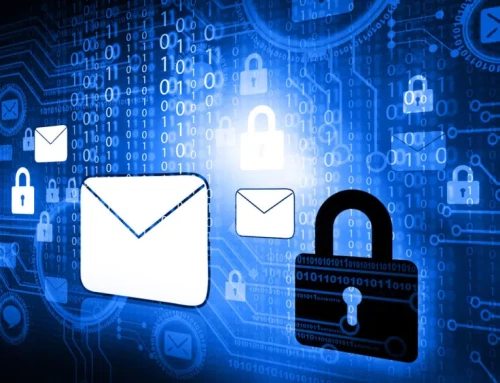Spyware
The threat of spyware looms large in today’s connected world, where the internet is a crucial part of our daily lives. it is a type of malicious software that sneakily infiltrates computer networks and mobile devices, secretly observing activity, gathering private data, and disseminating it to uninvited parties. it is a growing threat that puts people, businesses, and even governments at serious risk. This article examines the sneaky characteristics of spyware, its various manifestations, the effects of its use, and countermeasures to this pervasive threat.
Understanding Spyware
As its name implies, a virus acts as a digital snoop, gathering data without the user’s knowledge or consent. It frequently tacks on to legitimate software or poses as benign programs, making detection challenging. Spyware operates covertly after installation, secretly monitoring and recording a user’s online activity, keystrokes, browsing history, and personal data. The obtained information is then used maliciously, such as for fraud, blackmail, or identity theft.
Forms of Spyware
the virus includes a variety of malicious programs, each with unique goals and techniques. Typical forms consist of:
Keyloggers: This type of virus logs every keystroke a user makes, giving an attacker access to private data like passwords, credit card numbers, and personal messages.
Adware: Although not by nature malicious, adware monitors browsing patterns and displays personalized advertisements. However, some adware goes too far by selling excessive amounts of user data to uninvited third-party advertisers.
Trojans: Trojans open backdoors, allowing unauthorized access to a compromised system, and are frequently disguised as legitimate software. Attackers can then carry out a variety of malicious deeds, such as data theft, remote control, or the installation of new malware.
Remote Access Trojans (RATs): RATs give attackers total control over a compromised device, enabling them to spy on users, take screenshots, and even turn on webcams and microphones without their knowledge.
Consequences of Spyware
The impact of spyware can be far-reaching and devastating:
Spyware intrudes on people’s privacy, exposing private information, and opening the door for identity theft, financial fraud, and extortion.
It uses up system resources, slowing down the system’s operation and causing crashes and software errors.
Loss of Intellectual Property: When spyware steals trade secrets, confidential information, or research data covertly, businesses and research institutions may experience intellectual property theft.
Espionage and surveillance: Governments and agencies may use spyware to monitor people, groups, or even other countries, posing serious threats to diplomatic relations and national security.
Protecting Against Spyware
Given the seriousness of the spyware threat, it is imperative to implement strong security procedures:
Install Reputable Antivirus Programmes: Use trustworthy antivirus programs that feature real-time scanning, malware detection, and automatic updates.
Regular Updates: To patch vulnerabilities that spyware may exploit, keep your operating systems, programs, and security software up to date.
Online Safety Tip: Be wary of bogus emails, attachments, and website links. Avoid downloading software from unreliable sources, and before installing an app, carefully review its permissions.
Use a Firewall: Turn on firewalls to keep an eye on incoming and outgoing network traffic, adding an extra layer of spyware defense.
Educate and raise awareness: The dangers of the virus and the need to plan preventive measures. Raise public and organization awareness of cybersecurity by highlighting
In the connected digital world of today, spyware poses a serious threat. With its covert nature and versatility
RAM Antivirus software is software designed to detect, block and then remove a virus from our computer system. Anti Spyware is software that aims to detect a specific set of malicious applications called Spyware.
How is spyware detected?
Pay attention to the following cues: Increasing latency and slow response. Unexpected advertising messages or pop-ups (spyware is often combined with adware). New toolbars, search engines, and Internet home pages you don’t remember installing.








